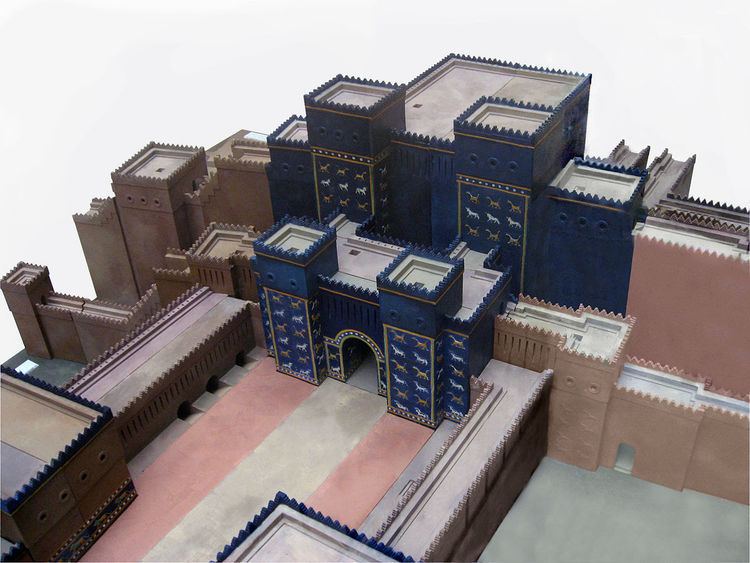 | ||
A gatehouse, in architectural terminology, is a building enclosing or accompanying a gateway for a castle, manor house, fort, town or similar buildings of importance.
Contents
History
Gatehouses made their first appearance in the early antiquity when it became necessary to protect the main entrance to a castle or town. Over time, they evolved into very complicated structures with many lines of defence. Strongly fortified gatehouses would normally include a drawbridge, one or more portcullises, machicolations, arrow loops and possibly even murder-holes where stones would be dropped on attackers. In some castles, the gatehouse was so strongly fortified it took on the function of a keep, sometimes referred to as a "gate keep". Examples of such gate keeps can be found at Bodiam Castle and Beaumaris Castle. In the late Middle Ages, some of these arrow loops might have been converted into gun loops (or gun ports).
Sometimes gatehouses formed part of town fortifications, perhaps defending the passage of a bridge across a river or a moat, as Monnow Bridge in Monmouth. York has four important gatehouses, known as "Bars", in its city walls. One such is Micklegate Bar.
The French term for gatehouse is logis-porche. This could be a large, complex structure that served both as a gateway and lodging or it could have been composed of a gateway through an enclosing wall. A very large gatehouse might be called a châtelet (small castle).
At the end of the Middle Ages, many gatehouses in England and France were converted into beautiful, grand entrance structures to manor houses or estates. Many of them became a separate feature free-standing or attached to the manor or mansion only by an enclosing wall. By this time the gatehouse had lost its defensive purpose and had become more of a monumental structure designed to harmonise with the manor or mansion.
On the continent of Europe, there are numerous examples of surviving gatehouses in France, Austria and Germany.
